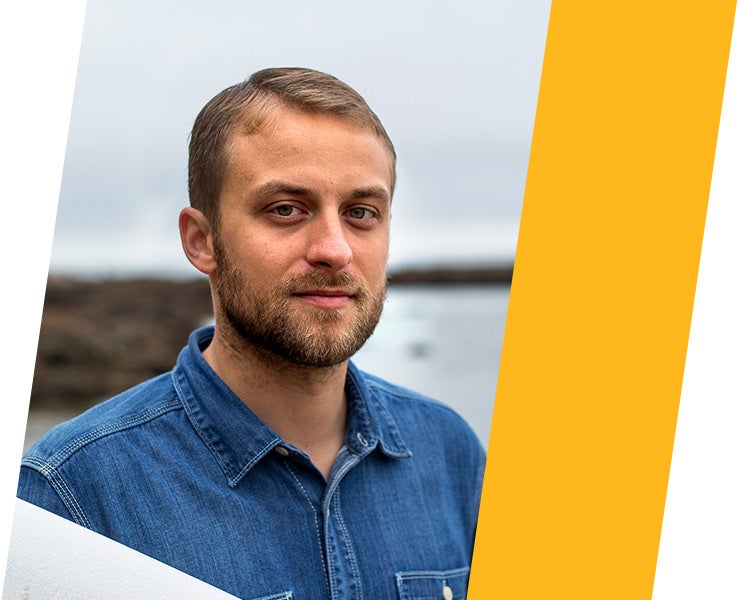While many strive to achieve their dream jobs, when it became apparent his didn’t yet exist, engineer Shah Selbe invented one instead. A former rocket scientist, Selbe, 39, is a pioneer of conservation technology, a field focused on creating technology for ecological research and conservation efforts. As the founder of nonprofits Conservify and FieldKit, Selbe works with communities and organizations to develop and implement accessible technologies for an array of environmental causes worldwide.
“We build tech largely leveraging smartphones and other new technology that we use in our everyday lives,” he said. “But we repurpose it for good to try and provide realistic data for people who aren’t able to access expensive tools or use this sort of data to advocate for ecosystems and more sustainable ways of living.”
“THINK ABOUT THE THINGS THAT YOU’RE GOOD AT, BUT ALSO THE THINGS THAT YOU’RE PASSIONATE ABOUT. THEY DON’T HAVE TO BE THE SAME THING.”
Selbe’s efforts in conservation led to him being named an Emerging Explorer by National Geographic in 2013 and a Fellow in 2016. The distinction included seed funding enabling him to start Conservify, which seeks to provide open access to data and technologies supporting conservation. He remains an active explorer, expert, and photographer with National Geographic and the organization has provided Selbe several grants over the years to support projects through Conservify and FieldKit, a second nonprofit developed out of Conservify that focuses specifically on building environmental sensors for better data collection.
“They’ve been incredible in supporting the work that we do and in my career in general,” he said of National Geographic. “I honestly would not be in the same place I am today without their support.”
Selbe’s conservation work has seen him travel to nearly 40 countries for a range of projects including deploying sensors to monitor glaciers in Banff National Park in Canada and working with communities in the Amazon basin to monitor water quality and flooding. A current project with UCLA in the protected Dja Faunal Reserve in Cameroon involves deploying FieldKit sensors and building a radio network to provide free access to the data for research. Another project is underway in Mexico to monitor the water quality of cenotes affected by agricultural runoff.
“One of the things I love about the work that we do is it varies a lot from project to project, and that feels really exciting to me,” he said. “But it’s all for this greater mission of using tech to better protect our planet.”
Selbe admits his career journey has been atypical but encourages others to broaden their ideas of what paths they can take — and to not be afraid to forge a new one if it doesn’t already exist.
“I found my career in this intersection between engineering and technology, and ecology and conservation. These are two fields that really didn’t interact with each other very much, and I deeply believe that there’s a huge amount of opportunity in those interdisciplinary spaces,” he said. “Think about the things that you’re good at, but also the things that you’re passionate about. They don’t have to be the same thing — and there might be an opportunity in the intersection between those two things if you can figure out how to bring them together.”
